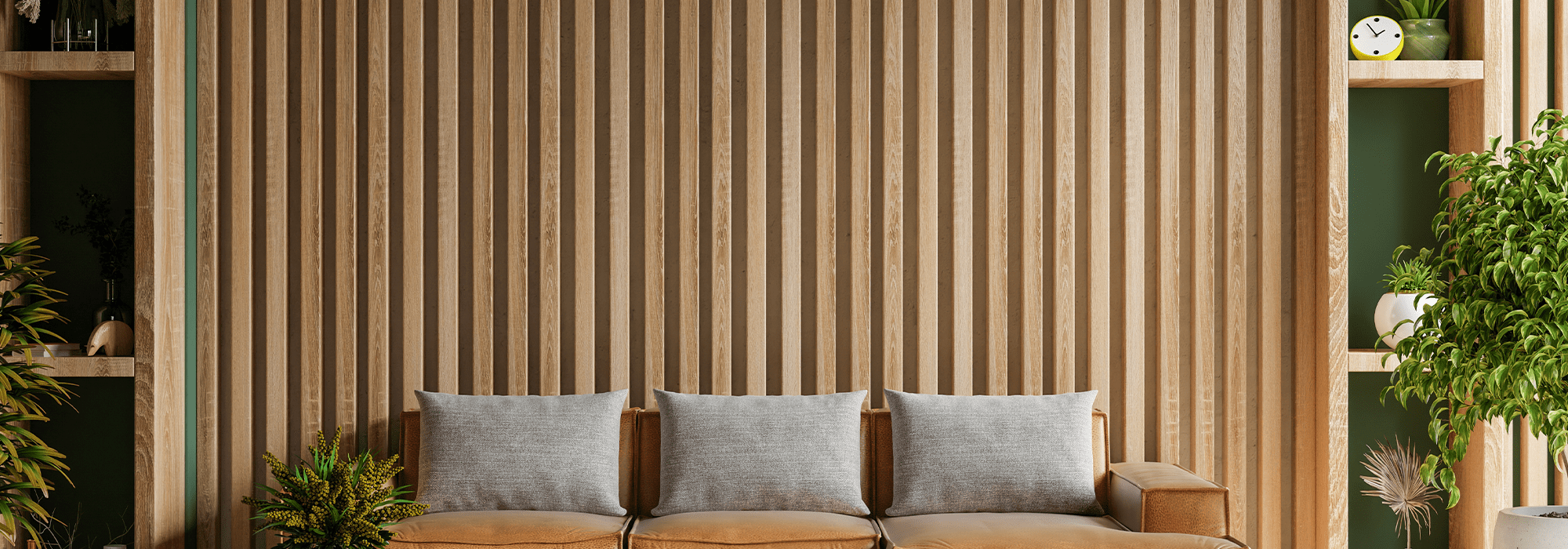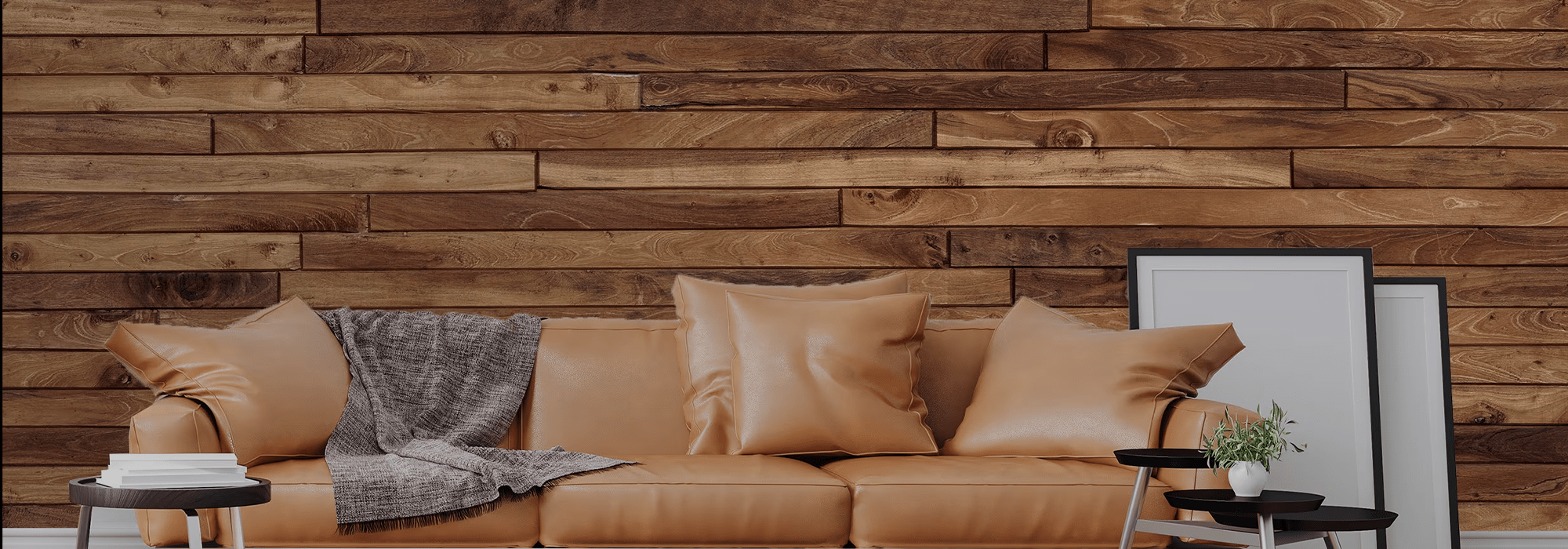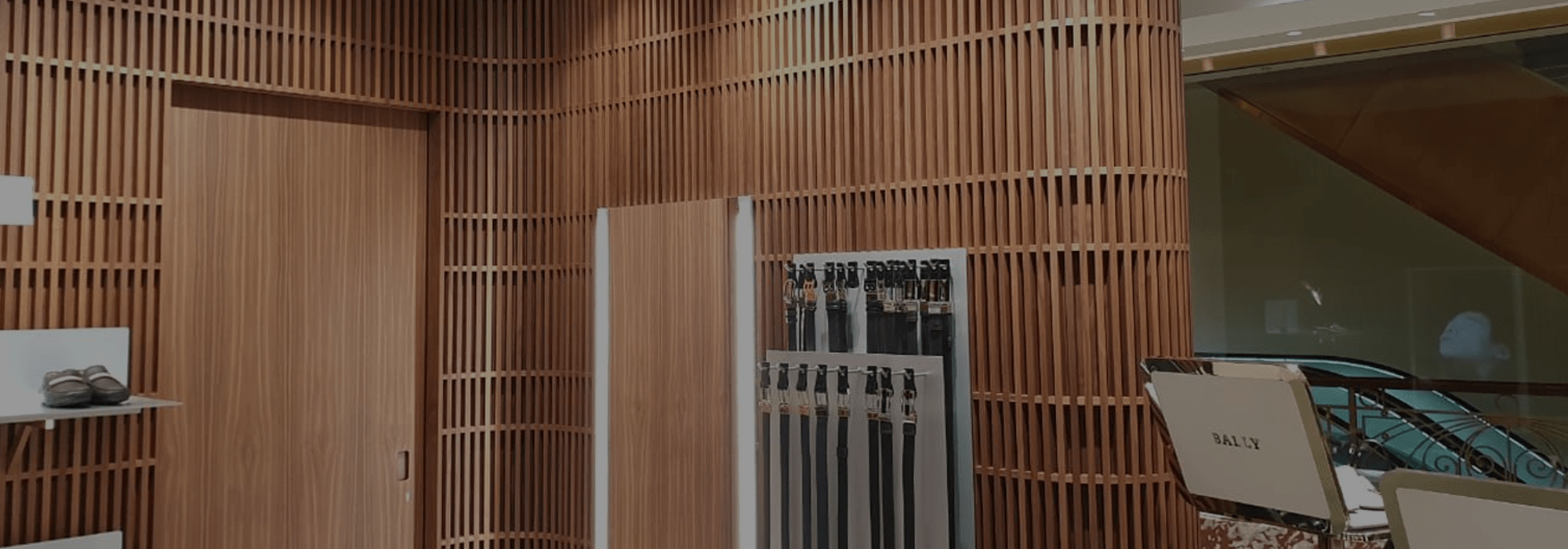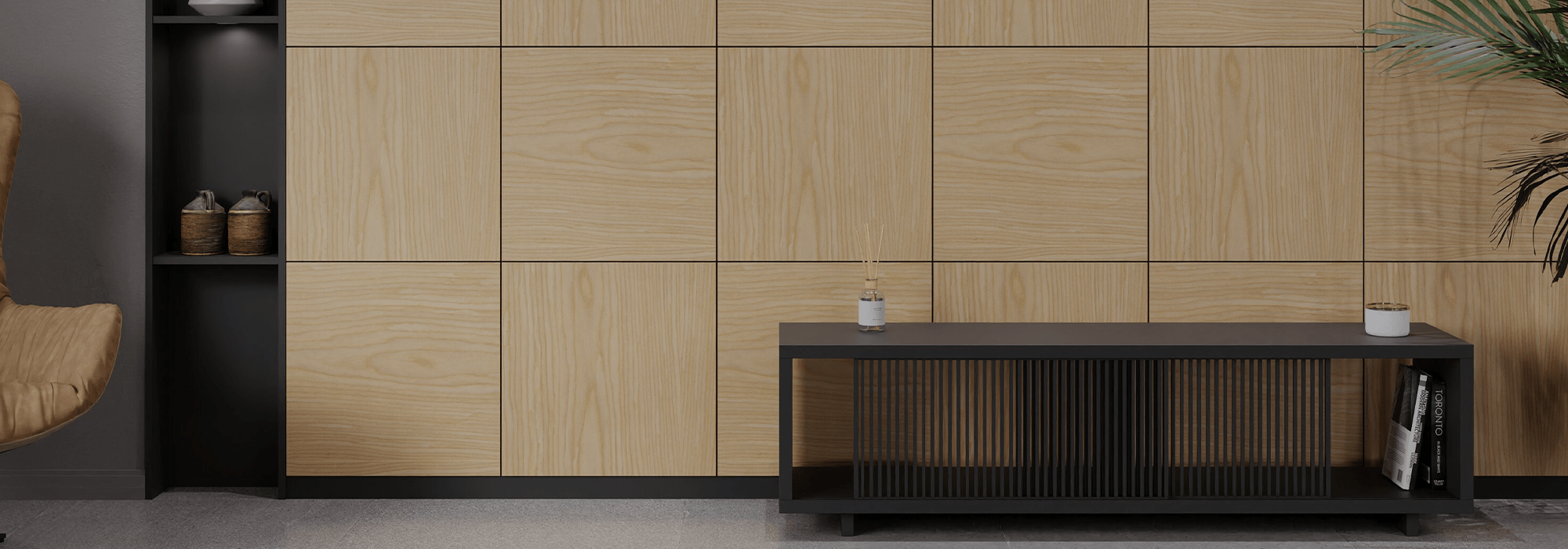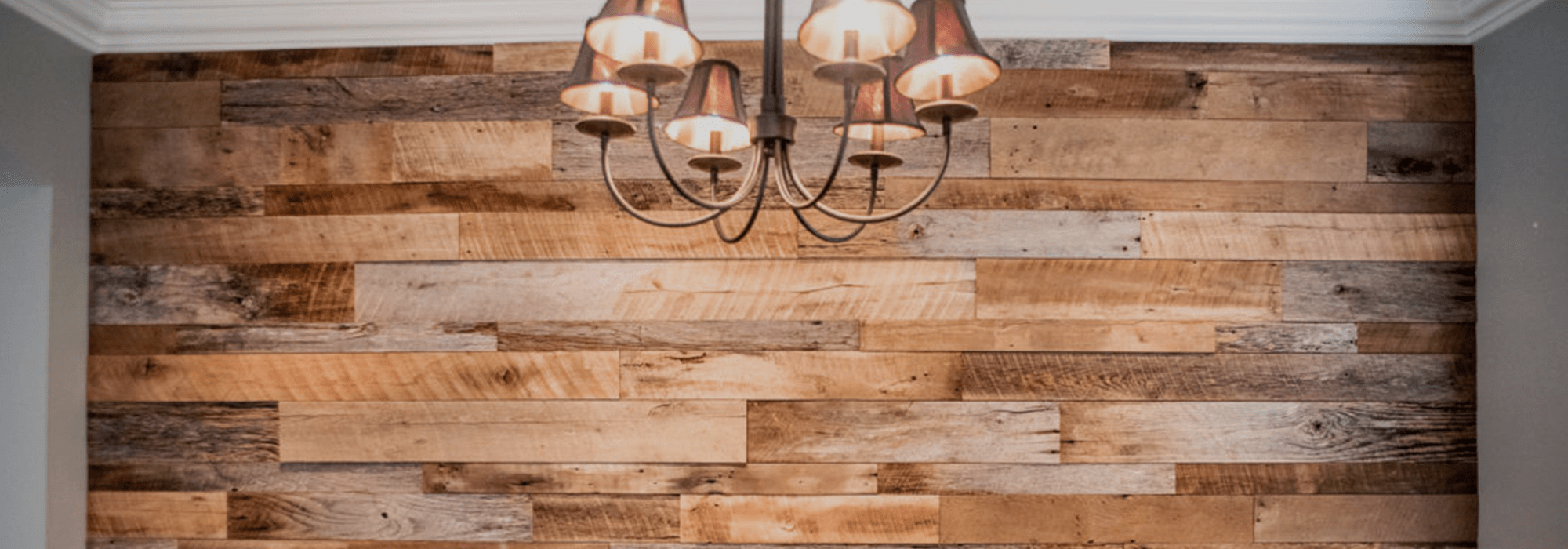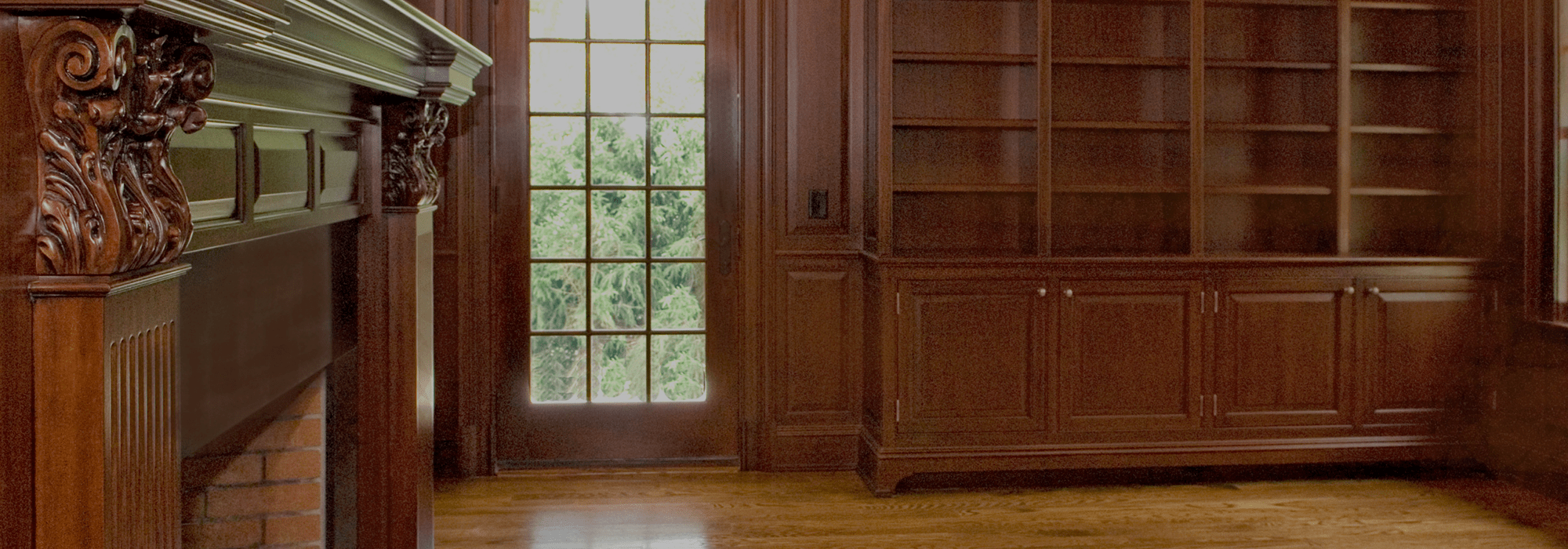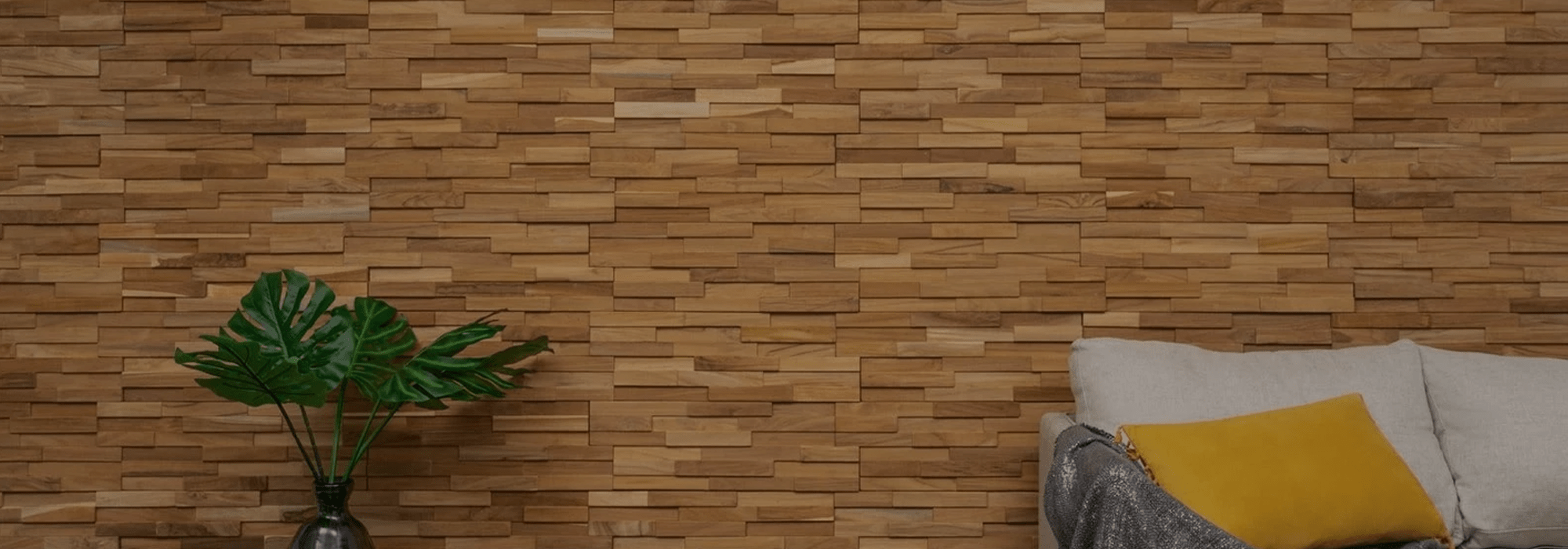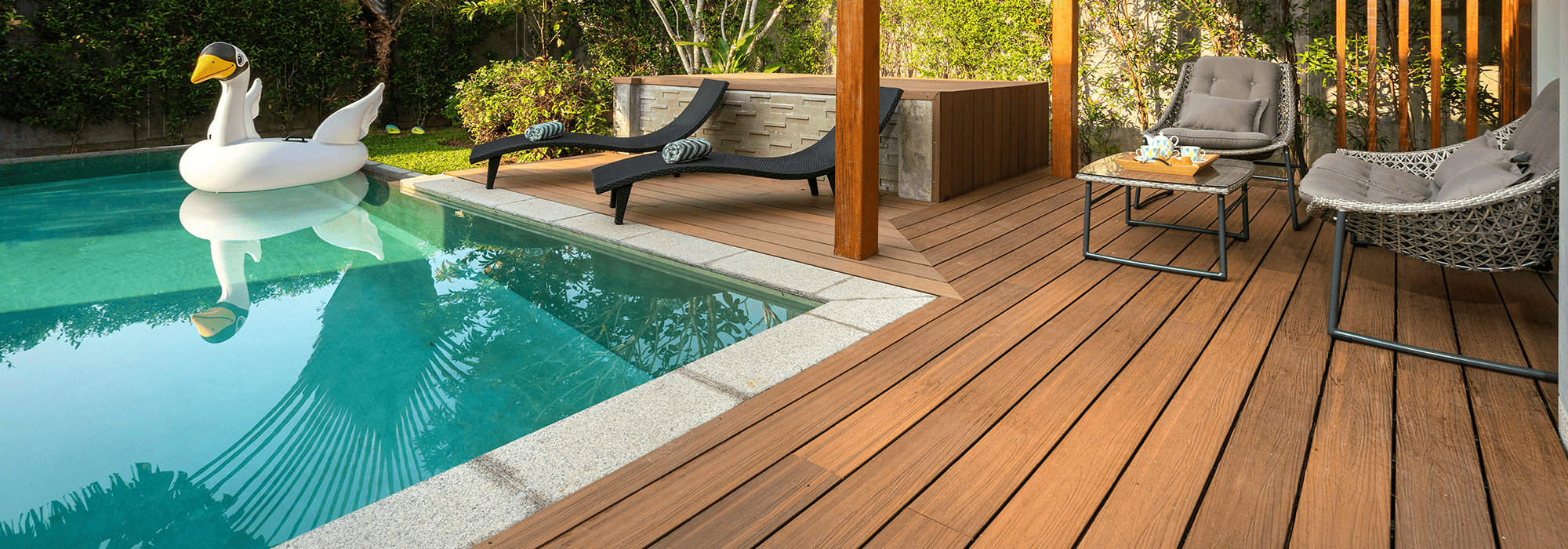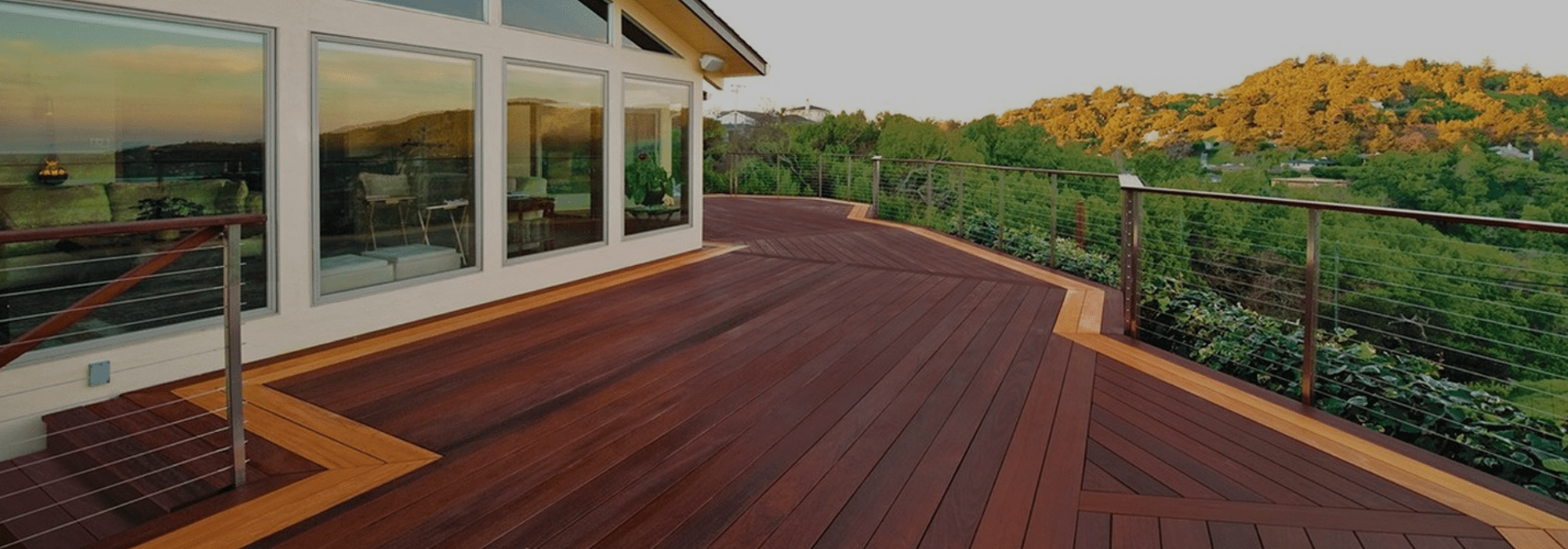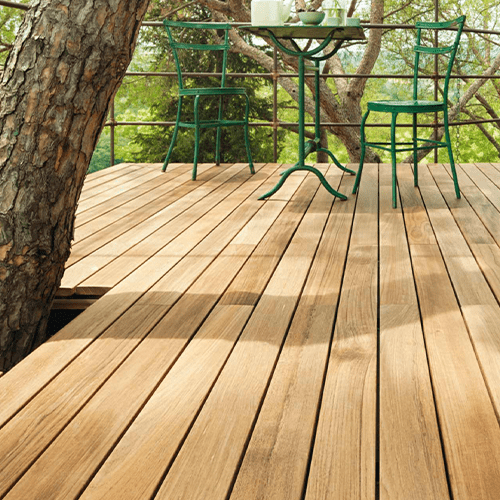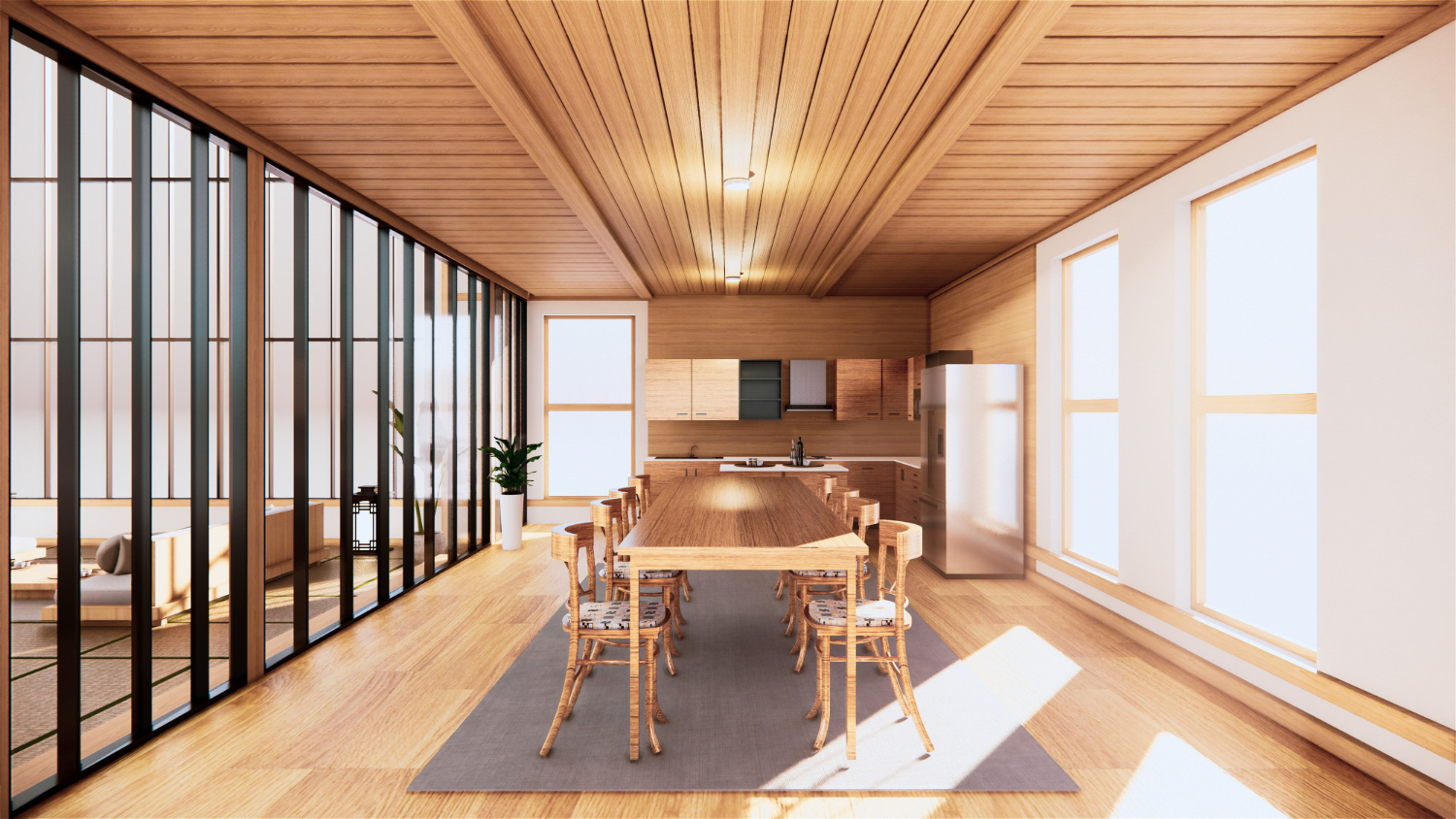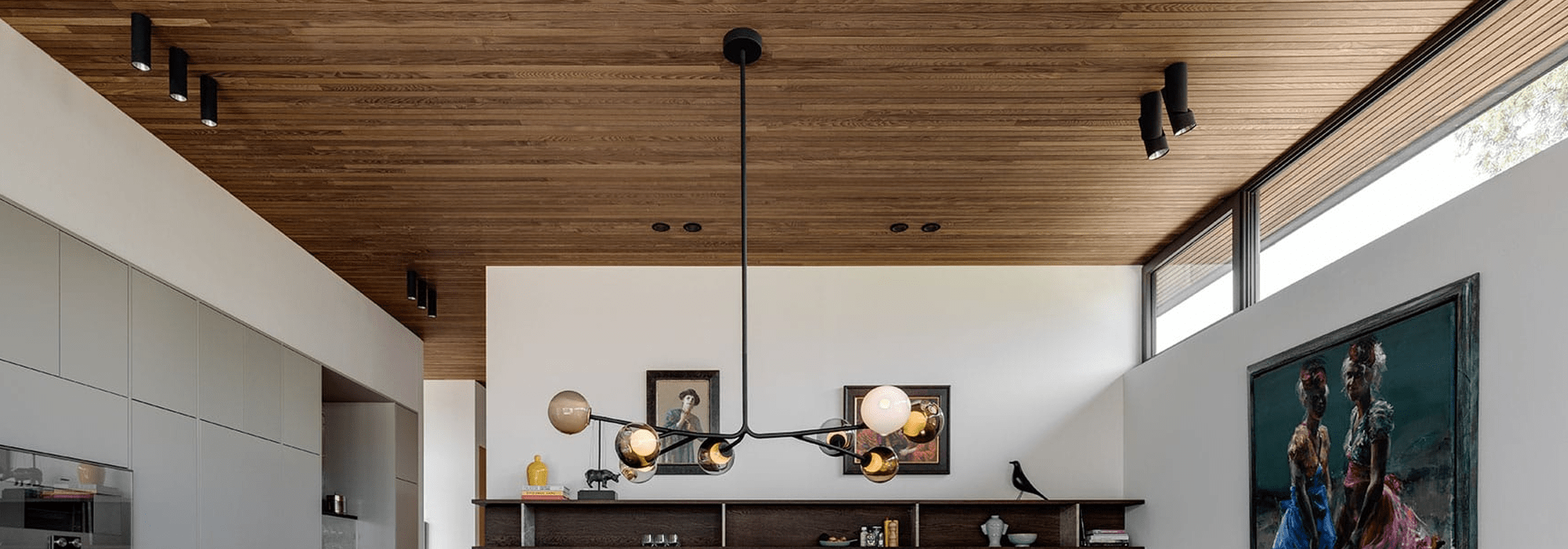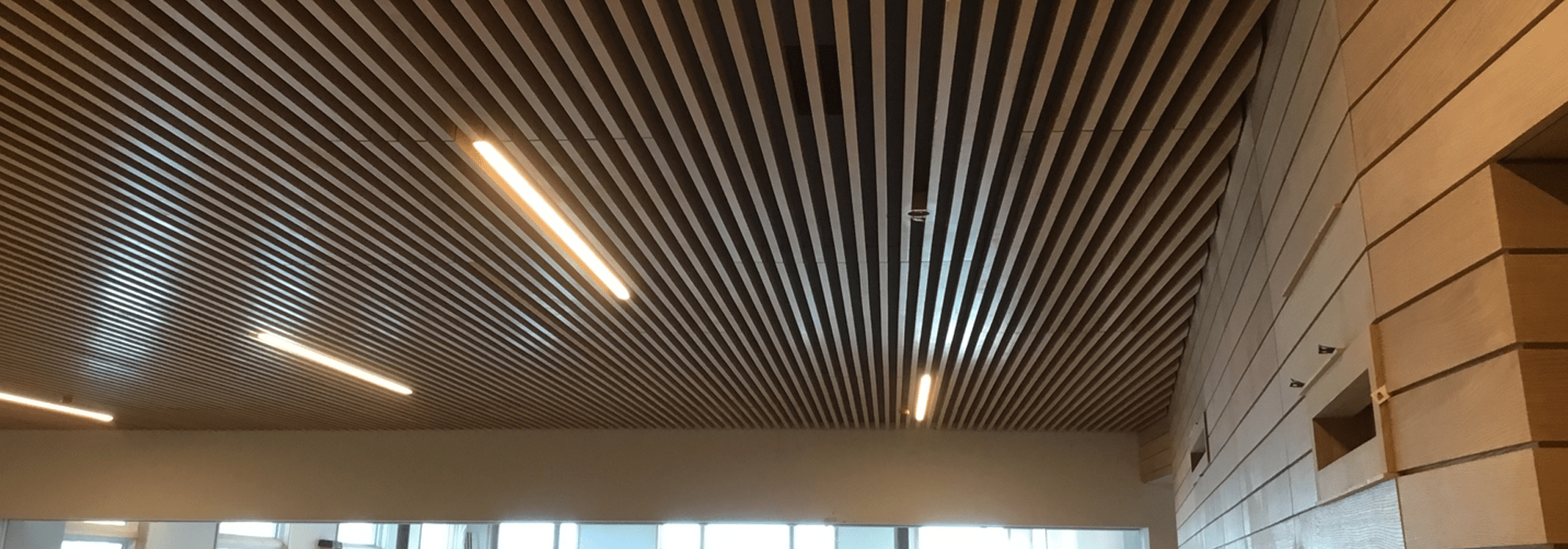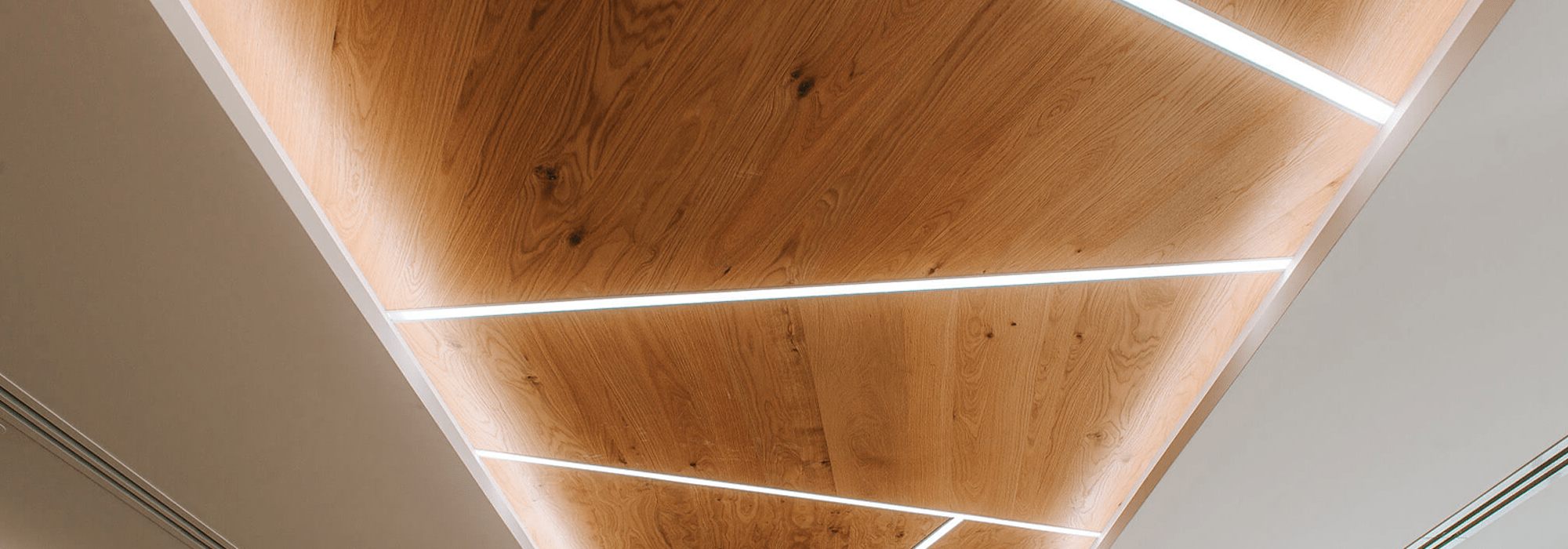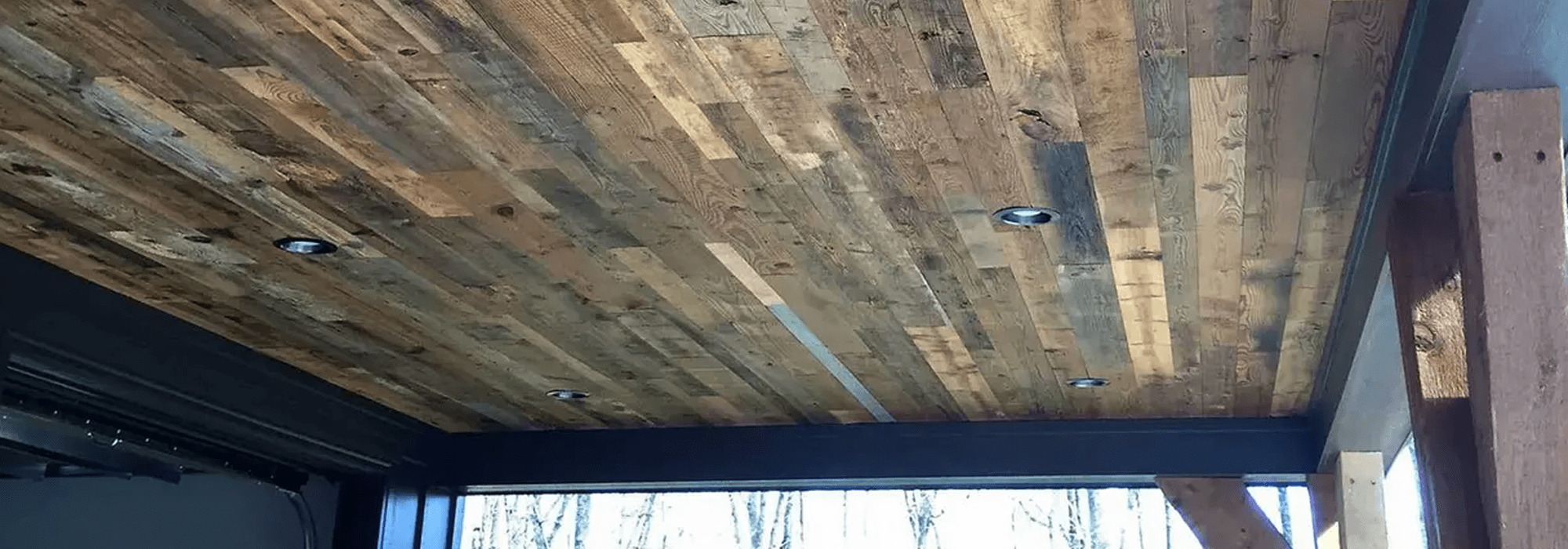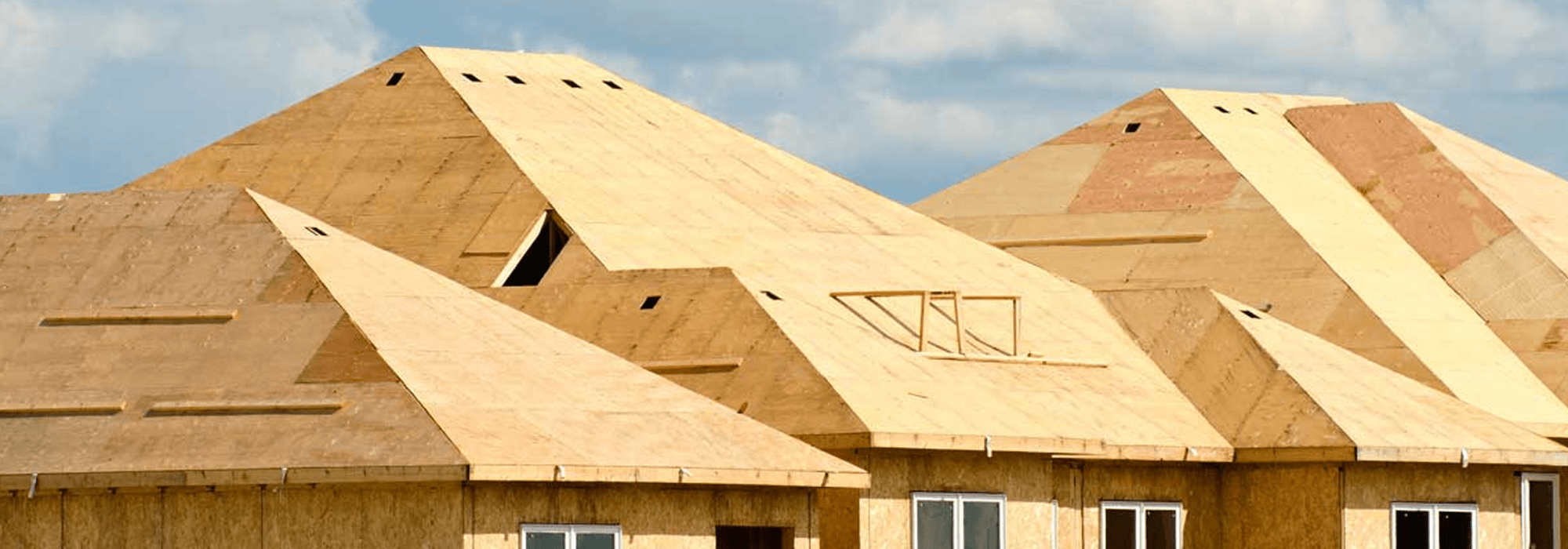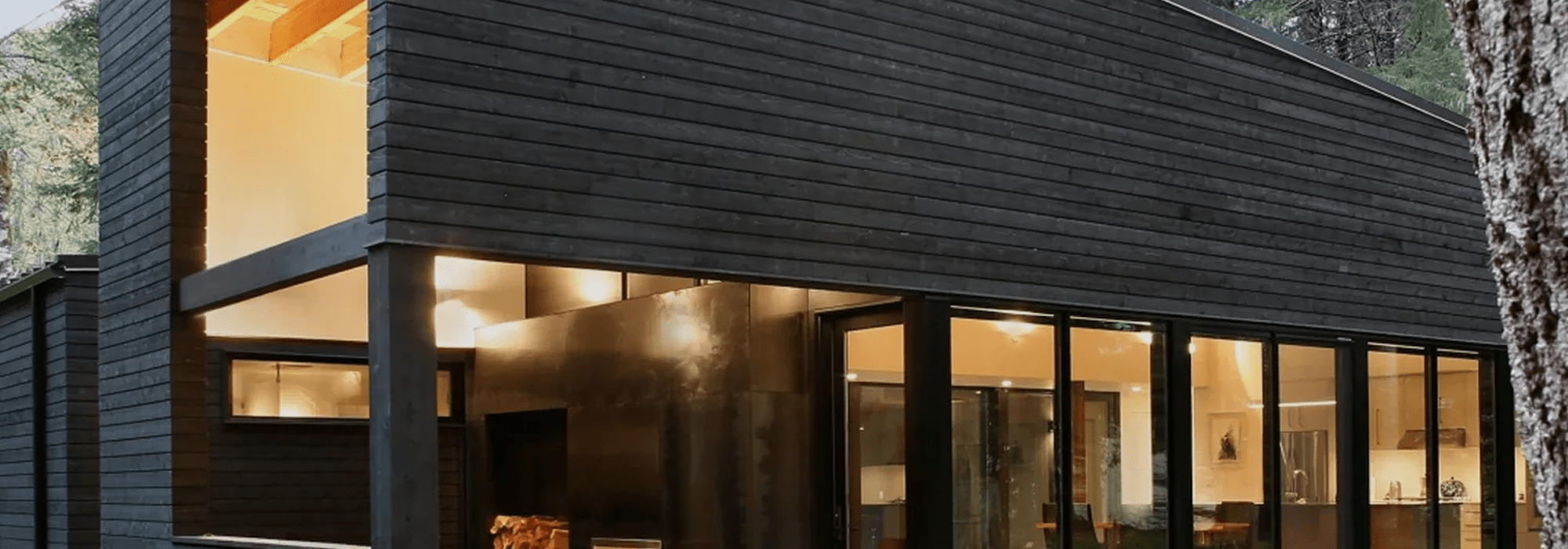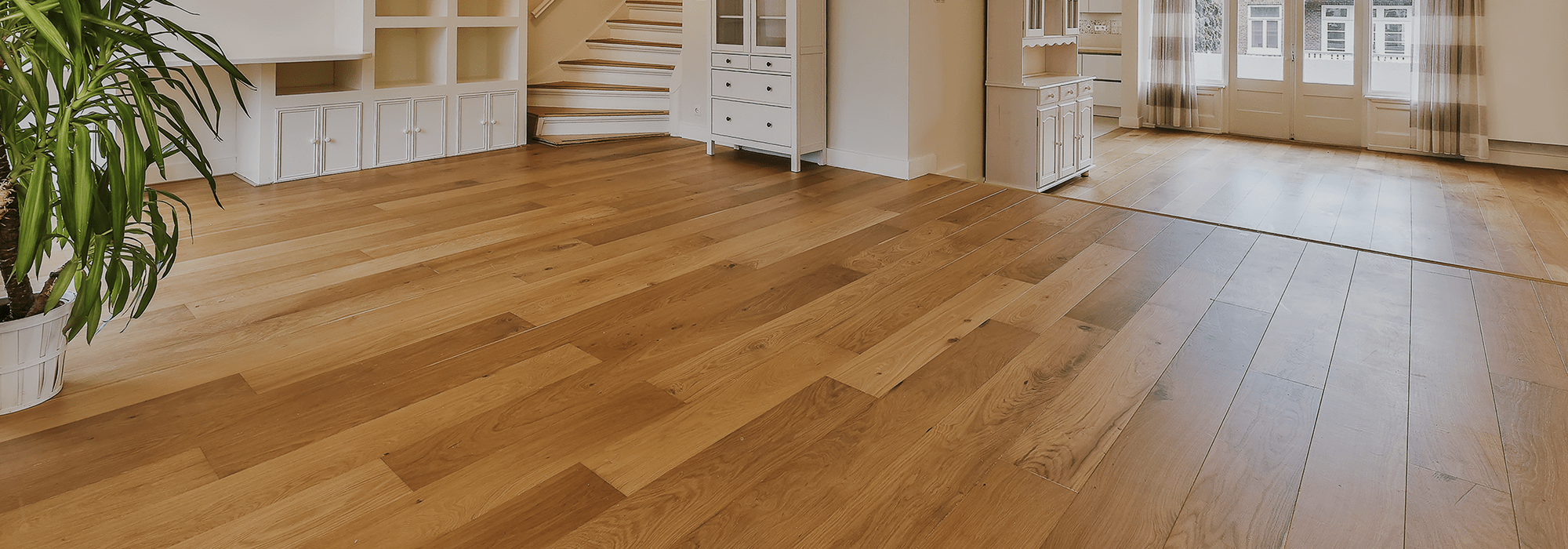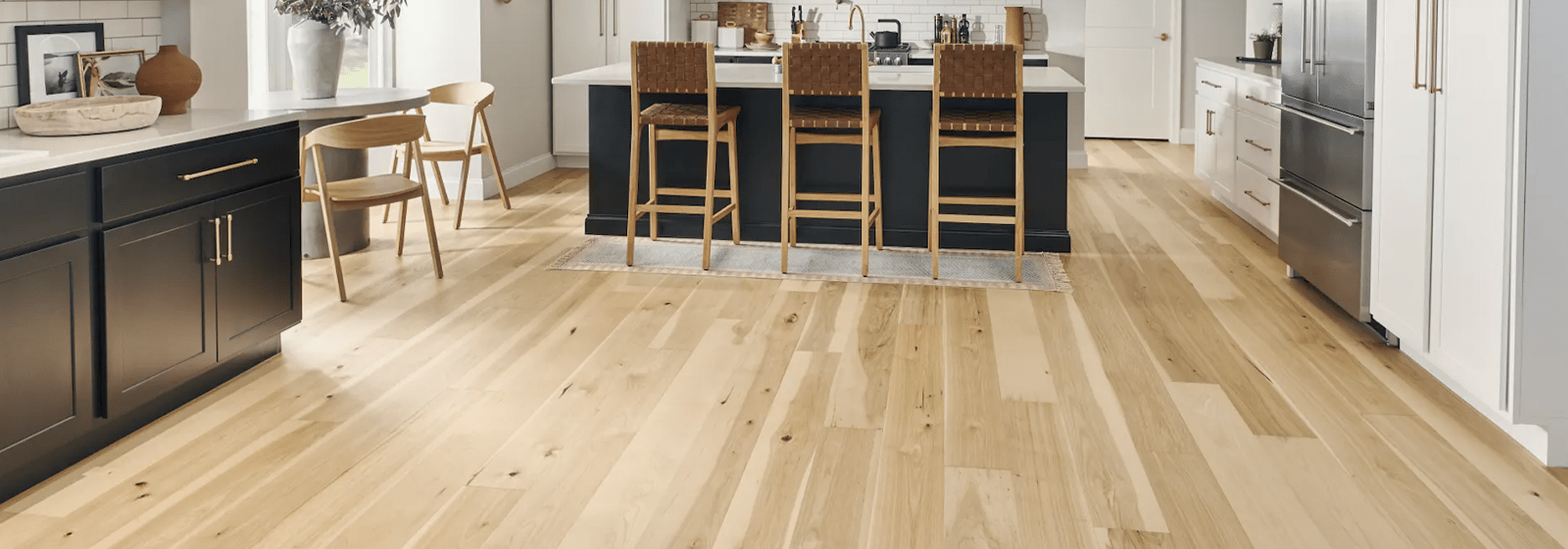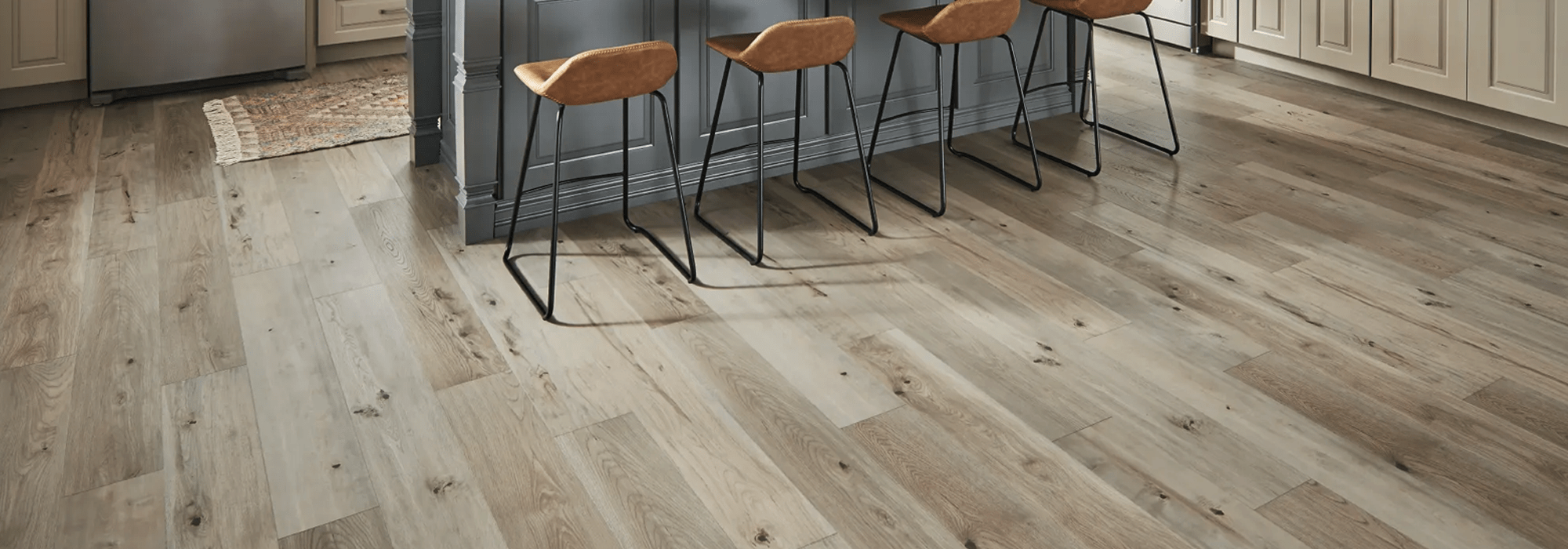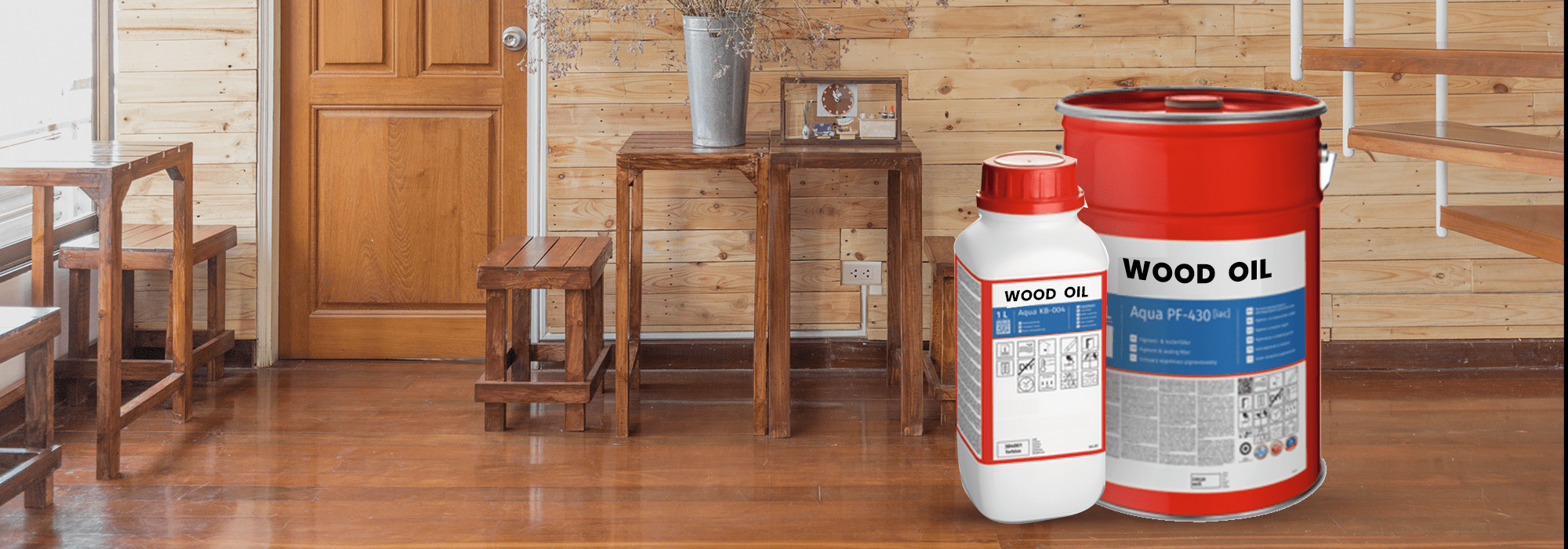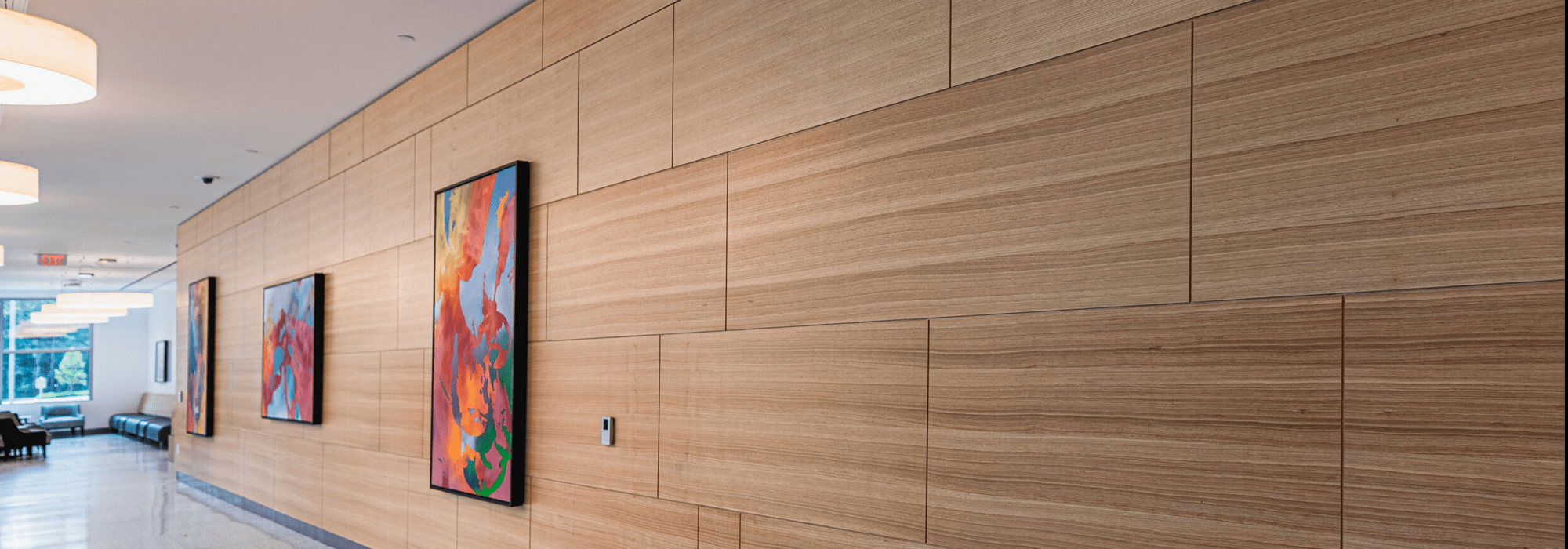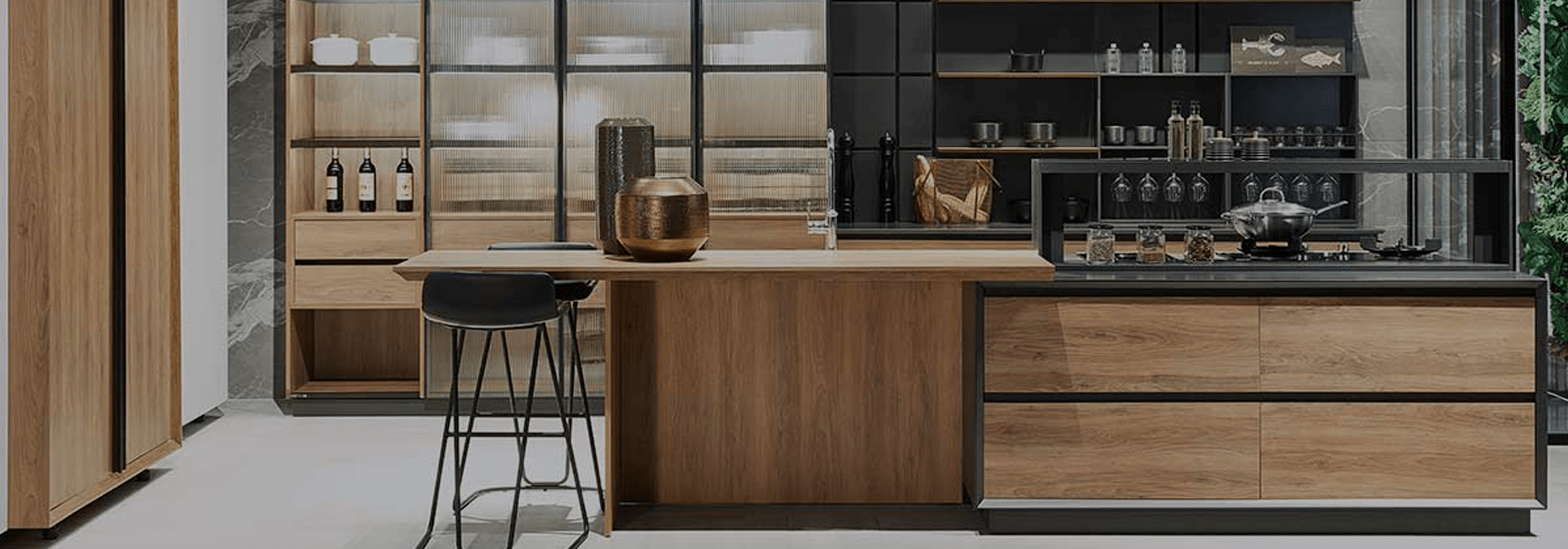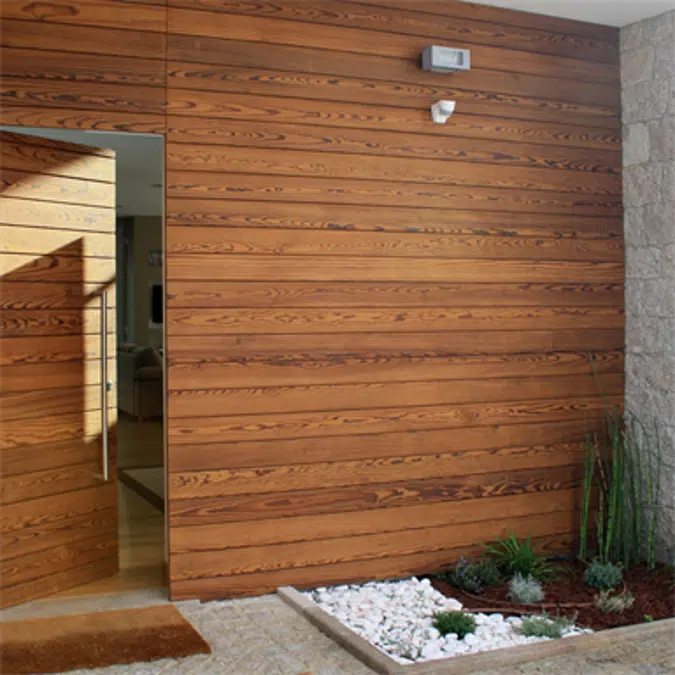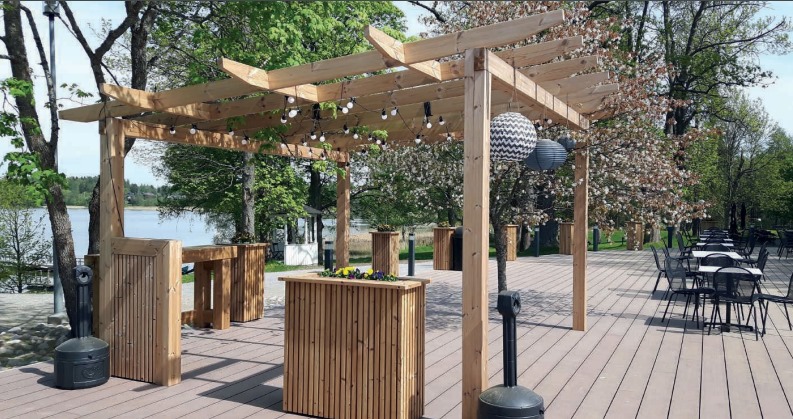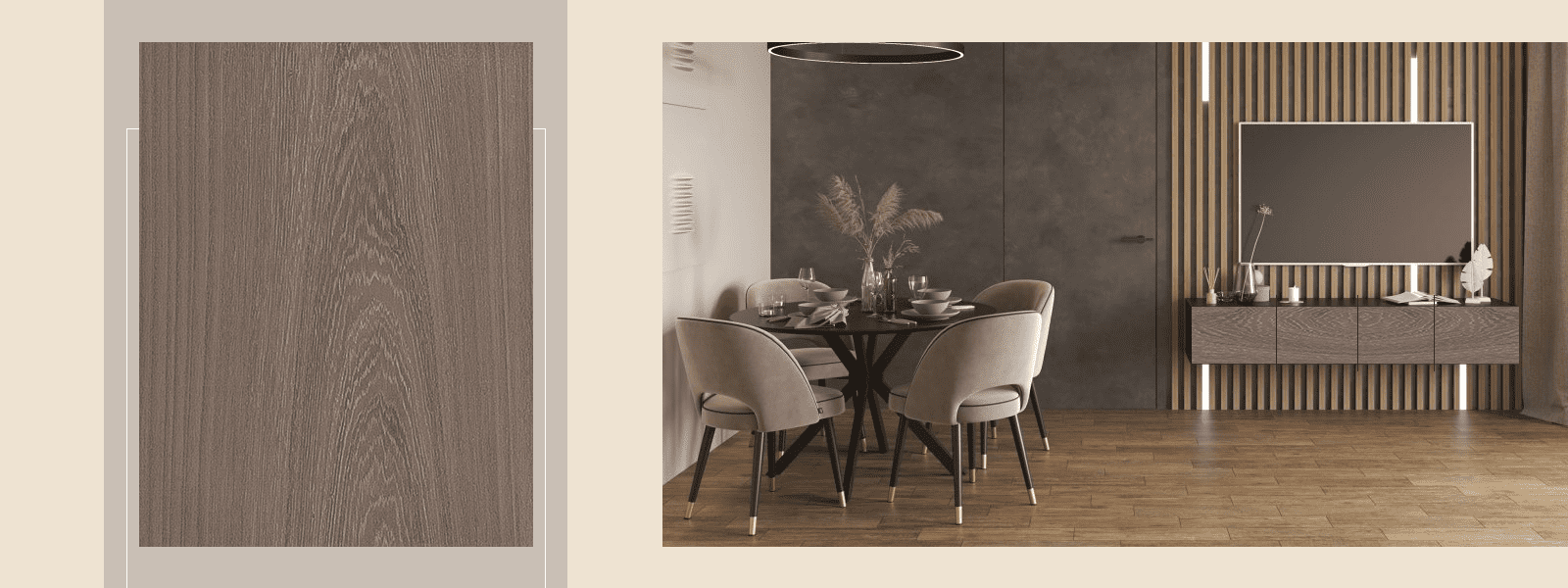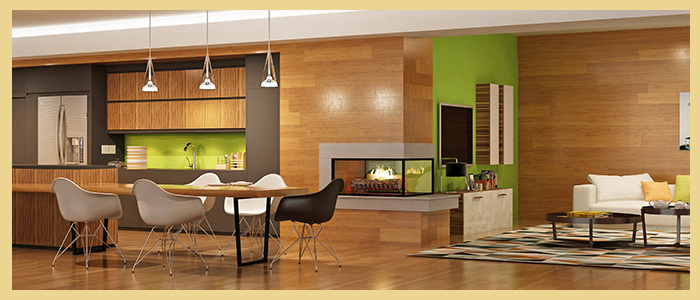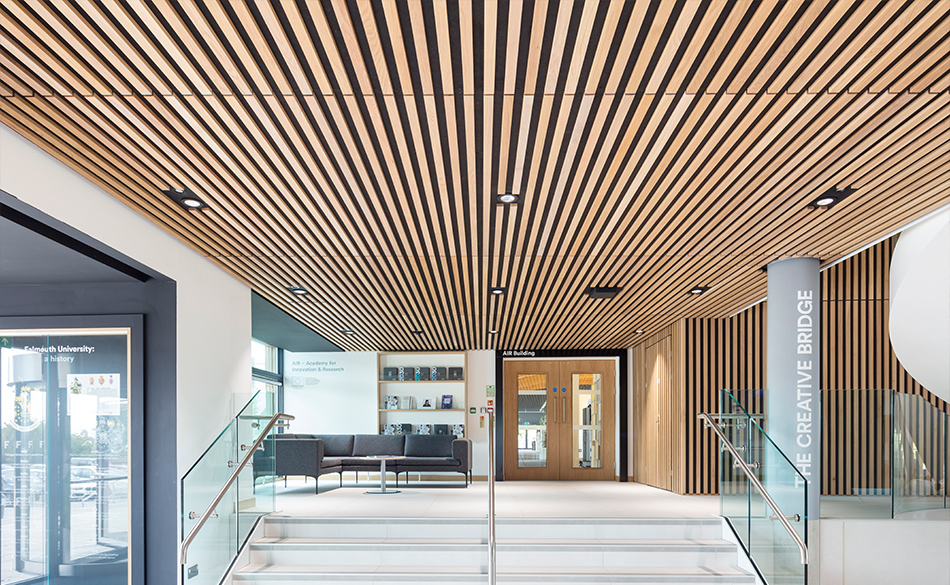When it comes to transforming indoor areas, the selection of wooden panelling plays a pivotal role in determining the overall aesthetic appeal. In the arena of today wood wall paneling, two best alternatives have emerged as front-runners: thermopine paneling and medium-density fiberboard (MDF).
In this blog, we will delve into the intricacies of thermopine paneling and MDF, helping you make an informed decision about your next challenge.
Wooden panelling has long been respected for its timeless appeal and flexibility in raising interior aesthetics. Today, the market offers a myriad of alternatives, each with its own precise traits. Among these, thermopine paneling and MDF have garnered attention for their specific features and services.
Thermopine Panelling
Aesthetic Appeal
Thermopine Panelling boasts the innate beauty of pine wood. The wood’s reported grain patterns and warm tones make it a perfect desire for those aiming to infuse a touch of rustic appeal into their dwelling or working areas.
Versatility at Its Core
This kind of wood paneling is to be had in diverse styles, including the sought-after vertical wooden paneling. The versatility of thermopine permits it to seamlessly supplement both conventional and modern-day interior designs, offering an undying quality to any area.
Durability Redefined
What sets Thermopine apart is its inherent sturdiness. Subjected to a meticulous heat treatment procedure, this timber paneling gains extended resistance to decay and bugs. The end result is a durable preference for lengthy-lasting, visually attractive walls.
Easy Maintenance
Thermopine Panelling simplifies upkeep. The treated timber is less vulnerable to warping or shrinking, making sure that your partitions keep their pristine look with minimum effort over the years.
Environmental Considerations
Opting for thermopine paneling aligns with green practices. Frequently sourced sustainably, the use of pine wood in this context contributes to responsible and environmentally conscious layout selections.
MDF
Consistency in Form
Medium-density fiberboard, or MDF, represents a departure from natural timber. Composed of timber fibers, wax, and resin, MDF presents a regular and clean floor, making it an excellent canvas for reaching a refined, contemporary timber wall paneling appearance.
Cost-Effective Elegance
MDF offers an inexpensive alternative to stable wood without sacrificing aesthetics. It is an extremely good choice for those looking for a stylish end without stretching their finances to their limits.
Customization Galore
One of the standout features of MDF is its adaptability to diverse finishes. Whether you opt for a matte, smooth, or textured floor, MDF can be customized to satisfy your precise layout imaginatively and presciently, offering a high degree of innovative freedom.
Stability in Humidity
Unlike natural wood or modern wood wall paneling, MDF is less vulnerable to adjustments in humidity, reducing the threat of growth or contraction. This balance makes it a reliable option, particularly in environments in which moisture tiers range.
Eco-Friendly Binders
MDF regularly contains green binders in its manufacturing, contributing to its sustainability. The use of recycled timber fibers further positions MDF as an environmentally conscious choice within the realm of wood paneling.
Comparative Analysis
| Feature | Thermopine Panelling | MDF (Medium Density Fiberboard) |
| Aesthetic Appeal | Showcases natural beauty of pine wood, warm tones, and distinctive grain patterns | Sleek, uniform surface ideal for modern, minimalist designs |
| Versatility | Adapts seamlessly to diverse design styles, available in various styles including vertical wood paneling | Adaptable, but may not seamlessly blend with traditional aesthetics, well-suited for contemporary settings |
| Durability | Natural resistance to decay and insects, enhanced longevity due to heat treatment | Stable in humidity, durable in specific environments, but not inherently resistant to decay or insects |
| Maintenance | Minimal susceptibility to warping or shrinking, low maintenance over time | Smooth surface, easy to clean, may require more attention in extreme humidity |
| Environmental Impact | Sourced sustainably, aligns with eco-friendly practices | Uses recycled materials and eco-friendly binders, environmentally conscious choice |
| Customization Options | Limited compared to MDF | Highly customizable, various finishes available |
| Cost | Mid to high range | Affordable alternative to solid wood |
| Ideal Application | Traditional and contemporary settings, where a touch of rustic charm is desired | Contemporary settings, cost-effective elegant finish |
| Overall Consideration | Authentically natural, durable, and versatile | Cost-effective, customizable, and stable in varying humidity |
Aesthetic Appeal
Thermopine Panelling wins in terms of showcasing the natural splendor of actual wood. Its warm tones and exceptional grain patterns offer a character that resonates with those needing a traditional, rustic allure. Conversely, MDF offers a graceful, uniform surface that appeals to those willing to go in the direction of contemporary, minimalist designs.
Versatility
Thermopine’s versatility shines through in its ability to conform to various layout styles. Whether it is the classic horizontal wood paneling or the extra-modern vertical wooden paneling, thermopine effects integrate into diverse layout schemes. MDF, even as adaptable, might not seamlessly blend with conventional aesthetics and is probably better suited for cutting-edge settings.
Durability
Both thermopine panelling and MDF are durable in their own right; however, Thermopine has a slight edge due to its natural resistance to decay and bugs. The heat treatment procedure enhances its longevity, making it a desired desire for those who prioritize sturdiness over the years. However, MDF’s stability in humidity affords it sturdy sturdiness in particular environments.
Maintenance
Thermopine’s minimal susceptibility to warping or shrinking translates to lower renovation over the years. The wood’s inherent stability guarantees that your walls stay in a fantastic situation with minimal effort. MDF, with its smooth floor, is easy to use; however, it could require greater attention in environments with extreme humidity.
Environmental Impact
Thermopine, sourced sustainably, aligns with environmentally friendly practices. The use of pine wood, a renewable resource, contributes to accountable design selections. On the other hand, MDF’s use of recycled substances and green binders contributes to its eco-conscious enchantment, positioning it as an environmentally friendly choice.
Conclusion
In the pine wood paneling like thermopine vs. MDF debate, the choice boils all the way down to your particular design possibilities, price range concerns, and the intended software of the wooden paneling.
Opt for thermopine paneling if you are looking for the actual splendor of natural wood, price versatility across layout patterns, and prioritize long-term durability with minimum protection. This choice is especially fitting for areas where a hint of rustic charm is desired.
Conversely, MDF emerges as the move-to-choice for those looking for a cost-effective solution with a steady, modern end. Its customization options, stability in various humidity degrees, and green functions make it a strong contender for present-day interior designs.
Ultimately, whether or not you lean in the direction of the warm temperature of thermopine or the engineered elegance of MDF, both alternatives offer particular benefits in the realm of wooden panelling. Consider your precise needs and possibilities to make a knowledgeable selection that not only enhances the cultural attraction of your space but also aligns with your sensible requirements.

